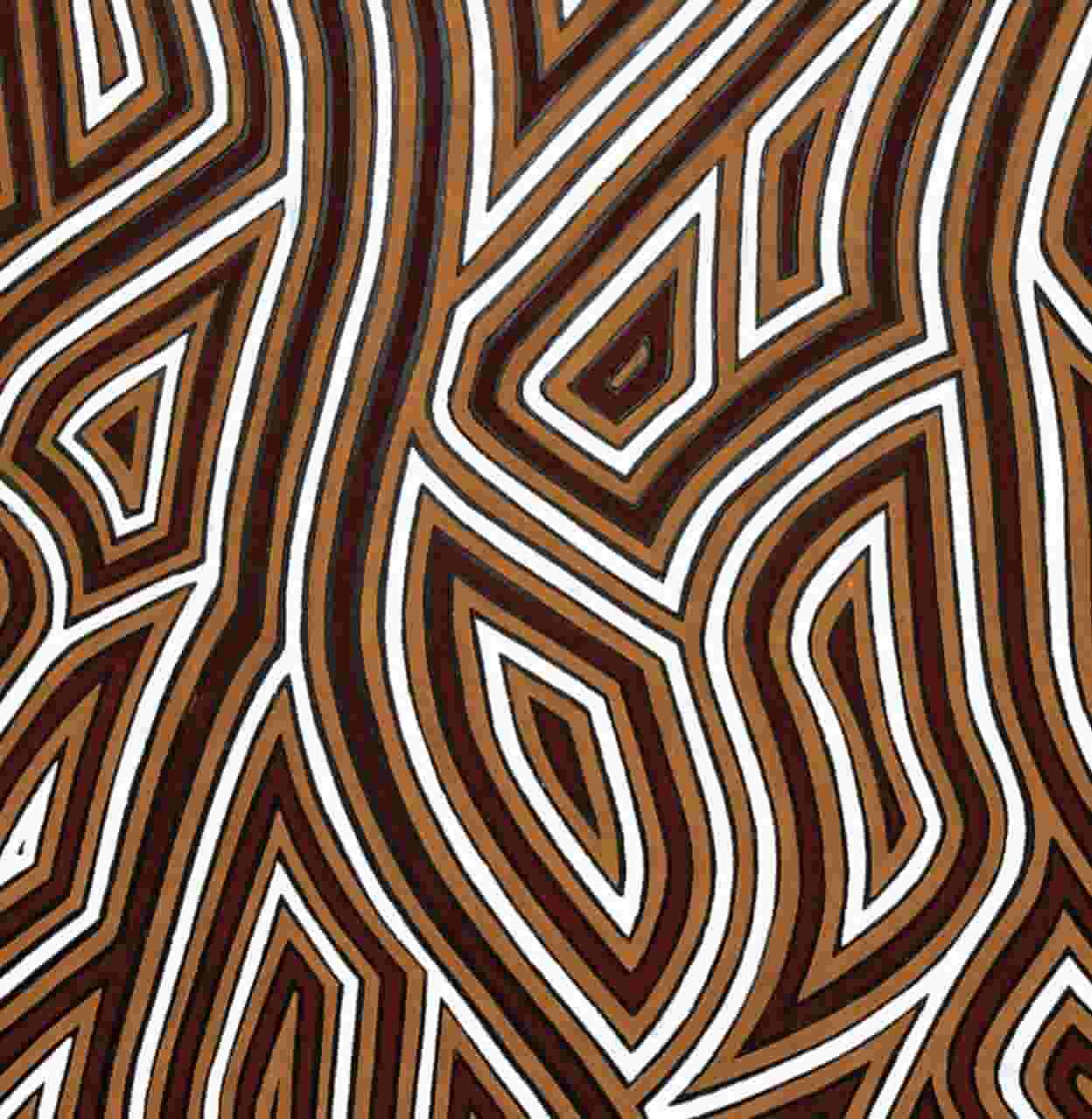Dr Priyakant Sinha
Lecturer in Spatial Science , Remote Sensing and Spatial Science Applications - Applied Agricultural Remote Sensing Centre; School of Environmental and Rural Science

Biography
Dr Priyakant Sinha is a researcher and academic in the field of remote sensing and geospatial science and has more than 20 years of research and project experience in a range of geographic locations (Australia, Ethiopia and India) on diverse themes related to natural landscape, river catchment management (water quality, soil productivity, soil biodiversity), biophysical modelling (landscape fragmentation, habitat connectivity modelling), salt marsh vegetation mapping, and environmental impact assessment. A significant part of his research is also on vegetation condition assessments (natural and agriculture system), crop conditions and productivity estimations. He is highly skilled in remote sensing data analysis for different optical sensors, LiDAR and UAV data analysis, spatial modelling, and has developed new methods for time-series change analysis. His research include advanced methodologies such as machine learning, Google Earth Engine (GEE), GDAL library usage, WebApp development for remote sensing data analysis and geospatial data processing.
He has worked across a range of research projects including: hyperspectral radiometer (ASD) and very high resolution WV3 data to identify and map banana species in Uganda (World Bank funded project); Sugarcane crop vigour and yield mapping at regional and block Level from SPOT/WV3 data for growers in QLD and NSW; High Resolution WV3 data for Mango yield forecasting for Australia Mango Growers; Canola Harvest timing prediction from UAV/Satellite time series data; Habitat suitability modelling for seabirds; habitat connectivity modelling and effective habitat area (EHA) change monitoring from time series remote sensing data; conservation priorities in threatened eastern Himalayan mammals; and UAV/Drone based next generation high resolution 3D imaging techniques for improved farm management. In past (2012-13), he also worked with NSW Dept. of Environment and Heritage (OEH) and developed GIS raster based multi-criteria analysis shell modelling (MCAS-Model) for spatial Natural Resource Management (NRM) priorities strategies for Catchment Management Authorities (CMAs) (e.g., Murrumbidgee CMA and Upper and Lower Murray CMAs).
Dr Sinha has more than 10 years of experience in teaching remote sensing and geospatial courses to university students in Australia and Ethiopia and in developing new courses at post-graduation level. In India (2000-03), Dr Sinha was principal GIS and Remote Sensing analyst in the World Bank funded project on Sodic Land Reclamation for improving wheat crop production. He has published several research articles in reputed journals of his field.
Qualifications
PhD in Remote Sensing and GIS application in Vegetation Change Detection - University of New England, Australia (2013)
MS in Environmental Science and Management - University of New England (2018)
M. Tech in Remote Sensing - Birla Institute of Technology, India (1999)
Awards
- UNE International Faculty Award for PhD Research (2009-2012), Australia
Teaching Areas
GISC334 Introduction to GIS and Spatial Thinking (T2, T3)
GISC433 Spatial Analysis and Modelling (T2)
PA335/435 - Precision Agriculture (T1)
Hort 420 - Remote Sensing Applications in Horticulture (T3)
Primary Research Area/s
Advanced Agriculture Remote Sensing; GIS; Precision AgricultureResearch Interests
High level multidisciplinary and collaborative research in remote sensing and GIS for Climate Action, Crop assessment, time-series crop monitoring and yield predictions, crop spatio-temporal nutrient and water management, pasture biomass, vegetation species mapping and change detection, agriculture environmental monitoring and assessment, land use change and prediction modelling, landscape characterization, UAV/Photogrammetry and LiDAR based 3D image analysis, Hyperspectral and GIS modelling.
Research Supervision Experience
Principal Supervision
- Purnima Das – PhD (2024-27). Flood hazard mapping and vulnerability assessment of Namoi river catchment under climate change scenario.
- Elias Cherenet – PhD (2024-27). Drought Monitoring in Eastern Africa: multi-sourced earth observation data and machine learning approach.
Co-supervision
- Benjamin Torgbor – PhD (2021-24). Remote Sensing and machine learning in mango yield prediction (graduated).
- Mary Garrard – PhD (2022-2023). The effects of burrow nesting seabirds on soils and vegetation on Broughton Island, New South Wales (graduated).
- Manoj Kumer Ghosh – PhD. (2015-2018). Remote sensing based change detection study of Mangrove forest in Bangladesh (graduated).
- Xavier Daphna– PhD (2014-2018). Remote Sensing and GIS based natural hazard assessment in Philippines (graduated).
Publications
Scholarly Book Chapter and journal articles
- Kumar, L., Sinha, P., Brown, J.F., Ramsey, R.D., Rigge, M., Stam, C.A., Hernandez, A.J., Hunt, E.R., and Reeves, M. (2015). Chapter 13: Characterization, Mapping, and Monitoring of Rangelands: Methods and Approaches. Remote Sensing Handbook Series: Land Resources Monitoring, Modelling, and Mapping with Remote Sensing, Edited by Prasad S. Thenkabail, CRC Press. USA. ISBN 9781482217957 - CAT# K22130
- Torgbor, B.A., Rahman, M., Brinkoff, J., Sinha, P., Robson, A. (2023). Integrating Remote Sensing and Weather variables for Mango Yield Prediction using Machine Learning Approach. Remote Sensing, 15(12), 3075. https://doi.org/10.3390/rs15123075
- Dunn, M., Hart, J., Sinha, P. (2022). Improving canola harvest management decisions with remote sensing. Southern NSW Research Results 2022, 31-34. chrome-extension://efaidnbmnnnibpcajpcglclefindmkaj/https://www.dpi.nsw.gov.au/__data/assets/pdf_file/0008/1426742/SRR22-book-final-cm.pdf.
- Anderson, N., Walsh, K, Koirala, A., Wang, Z., Amaral, M., Dickinson, G., Sinha, P., and Robson, A. (2021). Estimation of Fruit Load in Australian Mango Orchards Using Machine Vision. Agronomy, 11(9), 1711.
- Sinha, P., Robson, A., Schneider, D., Kilic, T., Mugera, H., Ilukor, J., Tindamanyire, J. The potential of in-situ hyperspectral remote sensing for differentiating 12 banana genotypes grown in Uganda ISPRS Journal of Photogrammetry and Remote Sensing,. 2020, 167, 85-103.
- Verma, N. K., Lamb, D.W., and Sinha, P. (2022). Airborne LiDAR and high-resolution multispectral data integration in Eucalyptus Tree species mapping in an Australian farmscape. Geocarto International, 37(1), 70-90. doi.org/10.1080/10106049.2019.1700555.
- Dorji, S., Ratnam, R., Vernes, K., Stephen, W, Falconi, L., and Sinha, P. (2018). Identifying gaps and conservation priorities for eastern Himalayan threatened mammals. Conservation Biology, 32 (5), 1162-1173.
- Sinha, P., Lamb, D., and Robson, A. (2018). An assessment of the potential of remote sensing based irrigation scheduling for sugarcane in Australia. ELibrary-Sugarcane Research Australia. (https://elibrary.sugarresearch.com.au/handle/11079/17435)
- Albed, A., Kumar, L and Sinha, P. (2017). Soil salinity and vegetation cover change detection from multi-temporal remotely sensed imagery in Al Hassa Oasis in Saudi Arabia. Geocarto International. http://dx.doi.org/10.1080/10106049.2017.1303090.
- Sinha, P., Kumar, L., and Reid, N., (2016). Rank-based method for selection of landscape metrics for land cover pattern change detection. Remote Sensing, 8, 107; doi:10.3390/rs8020107.
- Alquarshi, A, Kumar, L., Sinha, P., (2016). Urban land cover change modelling using time-series satellite images: A case study of urban growth in five cities of Saudi Arabia. Remote Sensing, 8(10), 838; doi:10.3390/rs8100838.
- Sinha, P., Verma, N.K., Ayele, E. (2016). Urban Built-up Area Extraction and Change Detection of Adama Municipal Area using Time-Series Landsat Images. International Journal of Advanced Remote Sensing and GIS, 5(8), 1886-1895.
- Kumar, L., Sinha, P., Taylor, S., and Alquarshi, A. (2015). Use of Remote Sensing for biomass estimation to support renewable energy generation. Journal of Applied Remote Sensing. 9 (1); 097696, doi:10.1117/1.JRS.9.097696.
- Sinha, P., Kumar, L., Drielsma, M., and Barrett, T. (2014).Time-series effective habitat area (EHA) modelling using cost-benefit raster based technique. Ecological Informatics, Vol 19, No.1, page 16-25.
- Kumar, L., and Sinha, P. (2014). Mapping salt-marsh land-cover vegetation using high-spatial and hyperspectral satellite data to assist wetland inventory. GIScience and Remote Sensing, 51(5), 483-497.
- Kumar, L., Sinha, P., and Taylor, S. (2014). Improving image classification in a complex wetland ecosystem through image fusion techniques. Journal of Applied Remote Sensing. 8 (1), 083616-1 (June 11, 2014); doi: 10.1117/1.JRS.8.083616.
- Albed, A, Kumar, L., and Sinha, P., (2014). Mapping and Modelling Spatial Variation in Soil Salinity in the Al Hassa Oasis Based on Remote Sensing Indicators and Regression Techniques. Remote Sensing, 6, 1137-1157. doi:10.3390/rs6021137.
- Sinha, P., Kumar, L., (2013). Markov land cover change modelling using multiple pairs of time-series satellite images. Photogrammetric Engineering & Remote Sensing, 79(11), 1037-1051.
- Sinha, P., Kumar, L., (2013). Independent Two-step Thresholding of Binary Images in Inter-Annual Land Cover Change/No-Change Identification. ISPRS Journal of Photogrammetry and Remote Sensing, 81(7), 31-43.
- Sinha, P., Kumar, L., (2013). Binary images in seasonal land-cover change identification: a comparative study in parts of NSW, Australia. International Journal of Remote Sensing, 34(6), 2162-2186.
- Sinha, P., Kumar, L., and Reid, N., (2012) Seasonal variation in landcover classification accuracy in diverse region, Photogrammetric Engineering & Remote Sensing, 78(3), 781-780.
- Sinha, P., Kumar, L., and Reid, N., (2012). Three-date Landsat TM composite in seasonal land-cover change identification in a mid-latitudinal region of diverse climate and land-use. Journal of Applied Remote Sensing. 6 (1), 063595 (October 30, 2012); doi: 10.1117/1.JRS.6.063595.
- Sinha, P., Kumar, L. (2012) A new technique for seasonal land-cover change analysis using directional brightness differencing. GSTF Journal of Engineering Technology, 1(1): 61-66. DOI:10.5176/2251-3701_1.1.11.
- Sinha, P (Priyakant), Verma, N.K., Rao., L.I.M., and Mathur, A. (2009). Surface Approximation of Point Data using different Interpolation Techniques- A GIS based approach. Geospatial World. (published online: September 1, 2009, http://www.geospatialworld.net/article/surface-approximation-of-point-data-using-different-interpolation-techniques-a-gis-approach/
- Mathur, A., Sinha, P. (2005). GIS Based delineation of suitable Ground Water Quality zones for drinking purpose: A case study of District Mainpuri, Uttar Pradesh, Pollution Research, Enviromedia. 24 (1): 59-68. 21.
- Sinha, P., Kanade G.S., Deshpande, A. and Kondawar, V.K. (2001). Geographical Information System for complete environmental study in context of mining: a case study. Journal of Indian Association of Environment Management. 28(2): 109-112.
Clinical Skills and Experience
Advanced Digital image processing (pixel, object based), GIS analysis and modelling, UAV/ LiDAR and Hyperspectral data processing. Software: ENVI, Erdas Imagine, ArcGIS, QGIS, eCognition, Pix4D, PhotoScan, GDAL Python scripts usage.
Memberships
Life membership of Indian Society of Remote Sensing (since 1999)
Consultancy Interests
Remote Sensing/Photogrammetry and GIS applications in Agriculture landscape management, Environmental Monitoring research, Climate Change Impact on Agriculture Productivity, Prediction Modelling, land use change.

